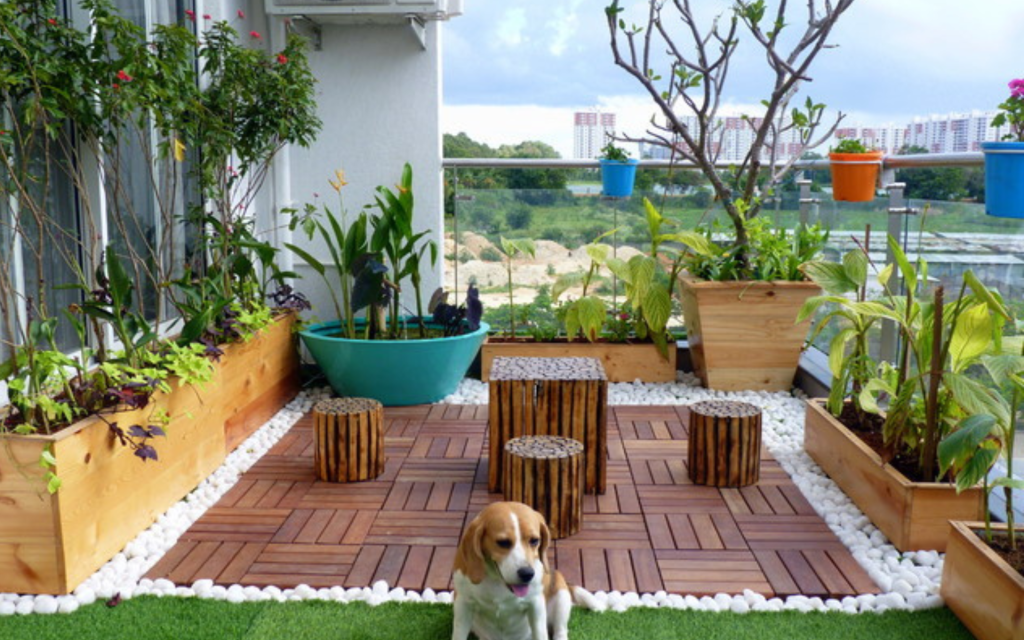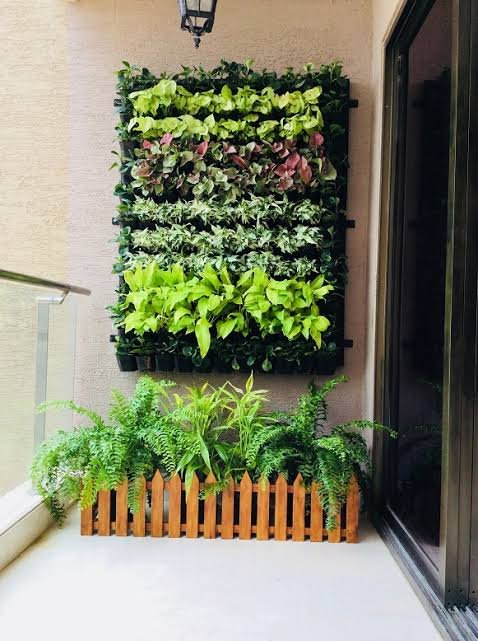Introduction to Balcony Garden Design


Welcome to our comprehensive guide on balcony garden design! If you have a small outdoor space, such as a balcony, you might think that gardening is out of the question. However, with the right tips and tricks, you can transform your balcony into a lush and vibrant garden retreat. In this article, we will explore the key elements of balcony garden design, provide practical advice, and offer inspiration to help you create a stunning oasis right outside your door.
1. Assessing Your Balcony:
Before diving into the design process, it’s essential to assess your balcony’s conditions. Take note of the size, orientation, sunlight exposure, and potential obstacles. This evaluation will help you determine which plants are suitable for your space and guide your design choices.
2. Choosing the Right Plants:
Selecting the right plants is crucial for a successful balcony garden. Consider the amount of sunlight your balcony receives throughout the day and choose plants accordingly. For sunny balconies, options like herbs, succulents, and vibrant flowers thrive in direct sunlight. If your balcony is mostly shaded, opt for ferns, begonias, and foliage plants that thrive in low light conditions.
3. Vertical Gardening Techniques:
Maximize your limited space by utilizing vertical gardening techniques. Hanging baskets, wall-mounted planters, and trellises are great options for creating a vertical garden. Not only do these techniques help conserve space, but they also add visual interest and create a lush backdrop for your balcony.


4. Container Selection and Placement:
Choosing the right containers is essential for a balcony garden. Ensure your containers have proper drainage to prevent waterlogging and root rot. Opt for lightweight containers that are easy to move around. Consider the overall aesthetic and choose containers that complement your balcony’s style. Additionally, strategically place your containers to optimize space and allow easy access for maintenance.


5. Soil and Fertilizer:
Choosing the right soil mix is crucial for the health of your plants. Select a well-draining potting mix suitable for container gardening. Incorporate organic matter to enhance nutrient retention and water drainage. Additionally, fertilize your plants regularly to provide essential nutrients. Organic options like compost and worm castings are great choices to keep your balcony garden thriving.
6. Watering and Drainage:
Balcony gardens often require more frequent watering due to their exposure to wind and sunlight. Water your plants regularly, but be cautious not to overwater. Ensure your containers have proper drainage to prevent water from pooling and causing root rot. Consider using self-watering containers or installing a drip irrigation system for efficient watering.
7. Balcony Garden Design Themes:
Creating a cohesive design theme can elevate the aesthetic appeal of your balcony garden. Choose a design style that resonates with your personal taste. Some popular themes include Zen-inspired gardens with minimalist decor, cottage-style gardens with an abundance of flowers, or modern gardens with sleek, contemporary elements. Select plants, containers, and decor that align with your chosen theme.
8. Enhancing Privacy:
If privacy is a concern, there are various ways to create a secluded oasis on your balcony. Install privacy screens, trellises, or bamboo blinds to block unwanted views and create a sense of privacy. Incorporate tall plants like bamboo or ornamental grasses to create natural barriers.
9. Lighting and Ambiance:
Extend the usability of your balcony garden into the evening by incorporating proper lighting. String lights, lanterns, and solar-powered fixtures can add a magical touch to your outdoor space. Experiment with different lighting options to create a cozy and inviting ambiance for relaxing or entertaining.


10. Maintenance and Care:
Regular maintenance is crucial for the long-term success of your balcony garden. Prune and trim plants as needed to promote healthy growth and prevent overcrowding. Monitor for pests and diseases, and take prompt action if necessary. Regularly clean your balcony and remove debris to maintain a tidy and inviting space.
Conclusion:
With these balcony garden design tips and tricks, you can transform your small outdoor space into a beautiful oasis that brings you joy and relaxation. Remember to assess your balcony’s conditions, choose suitable plants, implement vertical gardening techniques, select the right containers, and provide proper care. By creating a well-designed and harmonious balcony garden, you’ll have a serene sanctuary to escape to right outside your door.
CTA: Ready to embark on your balcony garden design journey? Start by assessing your space, selecting your favorite plants, and implementing the tips and tricks shared in this article.
Remember, your balcony garden is a reflection of your creativity and personal style. Embrace the possibilities and enjoy the process of creating a captivating outdoor sanctuary tailored to your preferences. Happy gardening!

